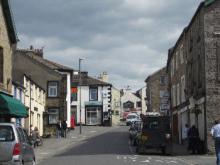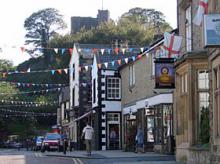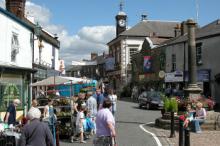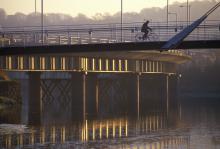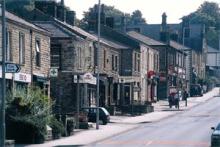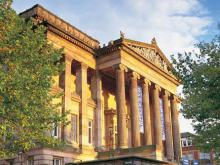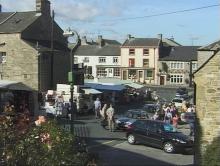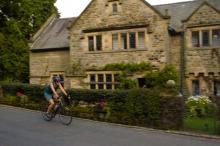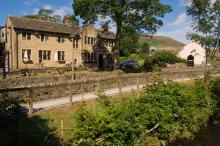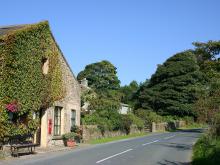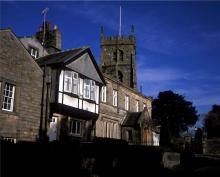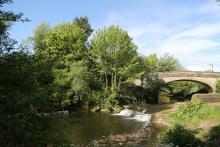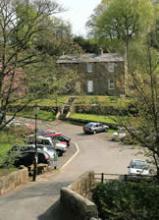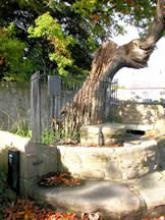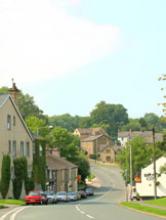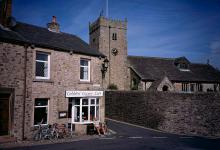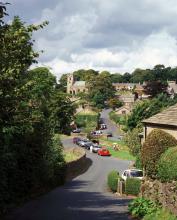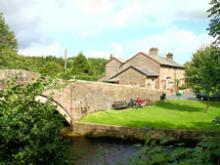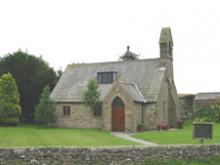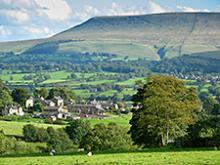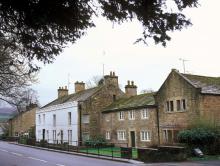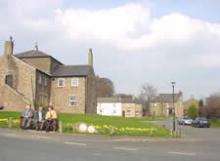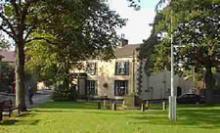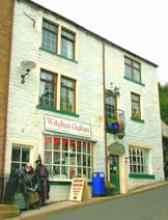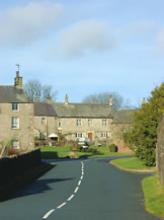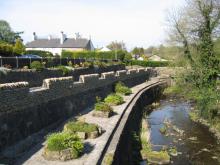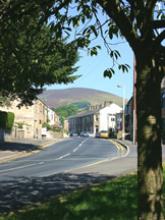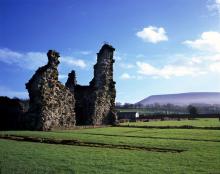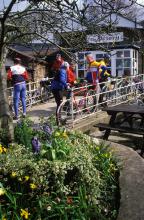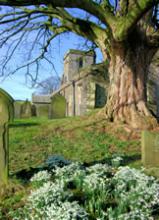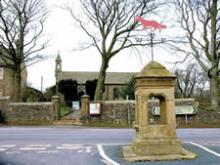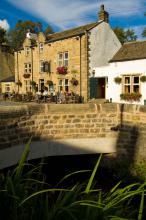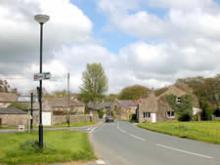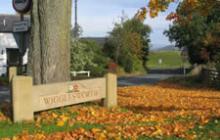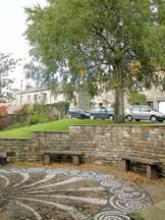Barrowford
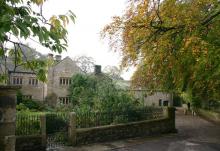
The Parish of Barrowford, which includes Carr Hall and Higherford, has a population of just over six thousand people and over 2,750 households, which has been steadily increasing over a number of years. Barrowford is seen as a ‘desirable’ place to live, with a number of local estate agents and the pressure on available land for local house building confirms the popularity of the village as a place to settle. Barrowford’s local identity and sense of community is partly based on its past heritage and history both built and social, the stability of local families and strong social networks, these needs to be preserved to keep Barrowford as the friendly and lively place it is today.Barrowford developed as a weaving town and in its heyday the textiles industry operated 10,000 looms in Barrowford and employed several thousand local people. The gradual decline of the textile industry has led to the development of Barrowford as a residential suburb, resulting in little current local industry or employment except for a few mill buildings converted to small Business Parks and industrial units and the yet unbuilt Barrowford Business Park.

